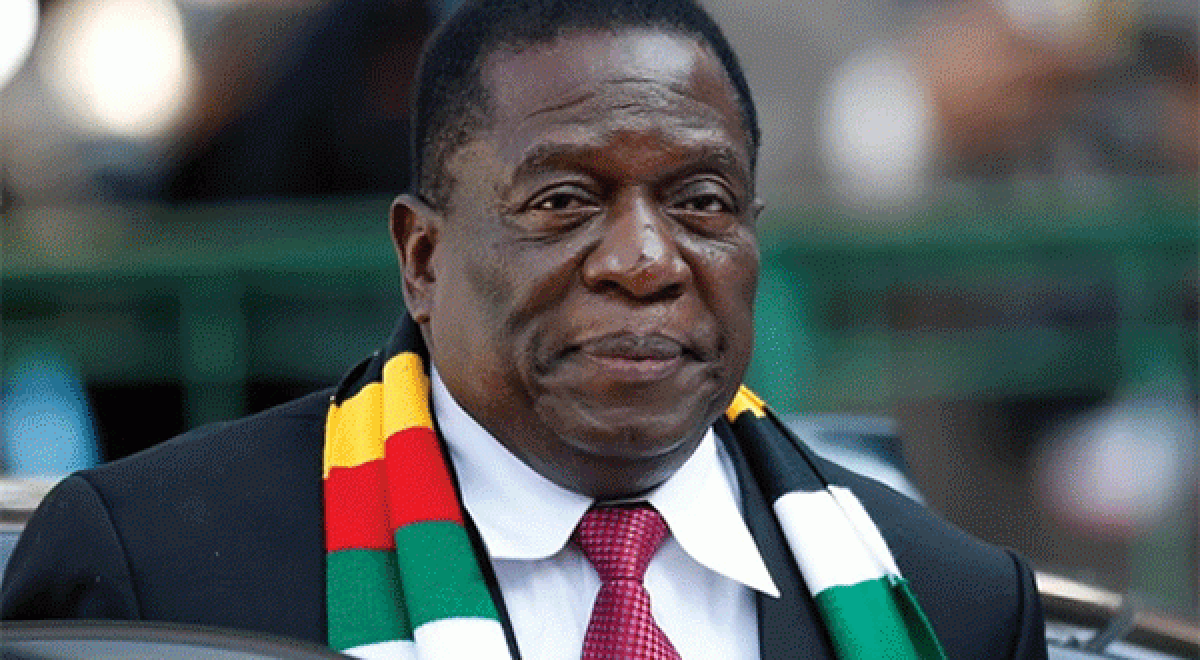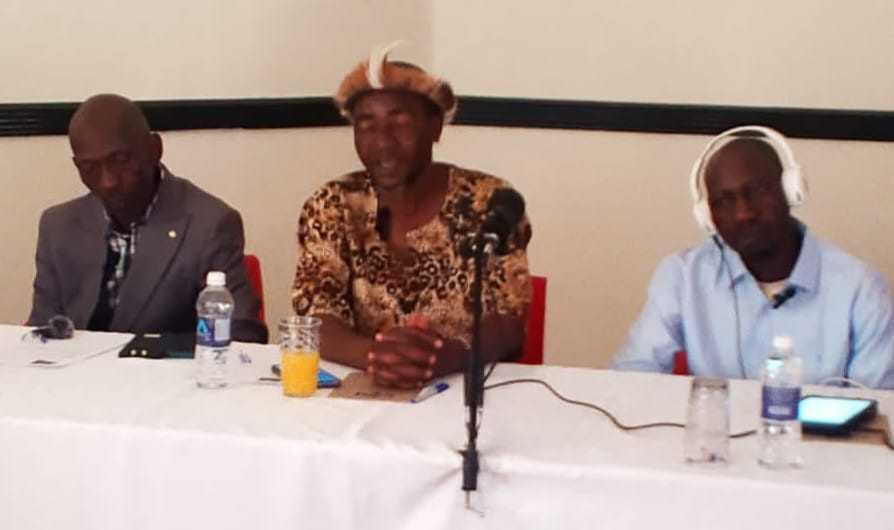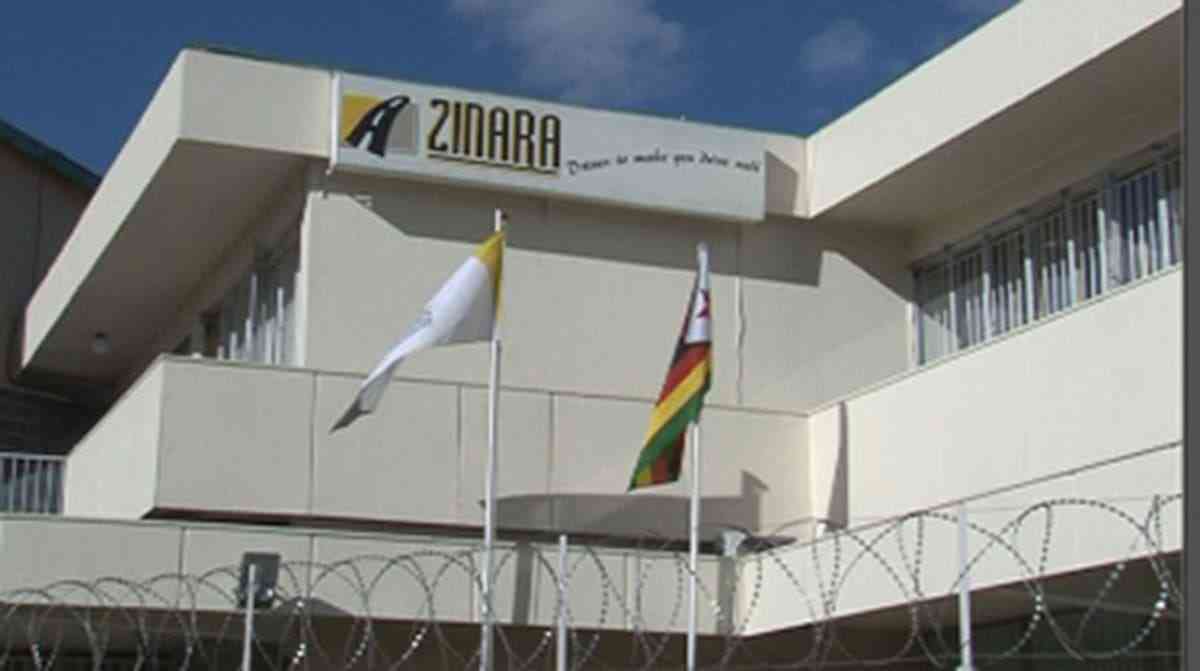
Uncontrolled riverbank mining in Mashonaland Central province could be taking a toll on the strategic Mazowe Dam, with the reservoir recording the least inflows in a season when other major water bodies have reached record levels in recent years, investigations have revealed.
BY EVERSON MUSHAVA
The river used to be the main source of water for both industrial and domestic use in Bindura and its vicinity.
A 2020 investigation by The Standard in partnership with Information Development Trust, a non-governmental organisation supporting investigative journalism, revealed that foreign-linked companies were deploying heavy machinery to river banks and beds to mine for gold under the guise that they were desilting the watercourses.
The mining was taking place despite a government ban on riverbed extraction.
Mazowe River in Mashonaland Central and Save River in Manicaland have borne the brunt of the mining activities involving companies from China and Belarus.
A return to the Mazowe area revealed that the farming community had become apprehensive about the poor inflows into the dam that supports vast farming and mining activities.
The dam provided vital livelihoods for women and men who were engaged in fish vending.
- Chamisa under fire over US$120K donation
- Mavhunga puts DeMbare into Chibuku quarterfinals
- Pension funds bet on Cabora Bassa oilfields
- Councils defy govt fire tender directive
Keep Reading
Female breadwinners also used to dominate the vending of numerous other commodities, among them fruits and artefacts, close to the dam where motorists using the Harare-Bindura highway stopped to view the once-scenic water body.
The falling water levels in Mazowe Dam have largely been attributed to successive droughts linked to climate change, with little attention being paid to the widespread riverbed mining activities that use huge volumes of water and promote siltation in the catchment area.
The average 2020-21 dam inflows — at 56.9% as at the end of February — are the highest since 1970, according to the Zimbabwe National Water Authority (Zinwa).
But Mazowe Dam, the authority said in its update covering up to March 3, recorded only 36.7%, the lowest among all the major rain-fed reservoirs.
The only other dams that are less than 50% full are the Lower Ncema and Umzingwane that provide Bulawayo with water. Both are at 37.3% and gold panning on river banks is also rife along the rivers that pour water into the two dams.
Kariba Dam, the country’s largest water reservoir, is at 36.5%, but water levels in the inland lake normally rise mid-year because its catchment stretches to as far as Angola.
The majority of Zimbabwe’s inland dams are spilling and this has raised fresh questions about Mazowe Dam and the negative impact of riverbank mining.
Clever Goredema, a Mazowe village head, said the community was worried about the poor inflows despite the heavy rains in the area since late last year.
“As a result of the illegal gold panning, Mazowe River is now heavily silted, and can no longer hold water,” Goredema told The Standard. “The rivers supplying the dam with runoff water have been diverted by illegal mining activities.”
Simiso Mlevu from the Centre for Natural Resource Governance sad the Mazowe Dam levels were a cause for concern .
“It’s basically beacause of poor enviromental management around Mazowe Dam,” Mlevu said.
“Artisanal mining activities have contributed to blockingof small streams, which feed into Mazowe River and altimately the dam.”
Nqobizitha Ndlovu, the Zimbabwe Environmental Law Association (Zela) legal and policy advisor, said the low inflows into Mazowe Dam demonstrated the downside of uncontrolled river bank mining.
“These are some of the environmental issues that arise from riverbed mining. It changes the natural flow of water. You may find that because of the open pits, water pools will form and there would be a lot of stagnant water.
“Naturally, when it rains, water should not stagnate along a river, but flow until it reaches a river basin or dam. But now, with river bed mining, the water flow is disturbed,” said Ndlovu.
Investigations showed that a company known as Tres Balla that has been linked to a close relative of Vice-President Constantino Chiwenga was using heavy machinery to mine for gold on the Mazowe Dam catchment area.
The company is said to be in a partnership with the Zimbabwe Mining Development Corporation (ZMDC).
A string of companies that are in similar partnerships with the state-owned miner run similar projects in the Mazowe Dam catchment area.
They have continued with their operations despite a government ban on riverbed and bank mining last year.
Ndlovu said the situation in the Mazowe Dam catchment area had gone out of hand.
“If you go to Mazowe again, you will see that, because of river bed mining, vegetation along the river has been destroyed.
“The vegetation is critical because it prevents the water from flowing haphazardly and turning into (flash) floods. The flooding means the water is no longer following the path of least resistance to the river,” he added.
Zela has been lobbying for laws to curb river bed mining, which it says destroys rivers and causes heavy siltation in dams.
“Siltation is obviously one of the major issues arising from river bed mining. When they are mining, they are loosening the soil and as water comes in, it washes away all the soil downstream into the dam,” said Ndlovu.
Siltation gives a false impression about water levels, he said, because where a dam might record 100% inflows, the volume could be far less due to accumulated silt, he added.
“That is why we say the dam is 100% full and come August, it will be dry. It is because we use a physical measure to say, because the water is spilling, the dam is 100% full, and we do not measure the actual cubic litres in the dam,” said Ndlovu.
Water levels at Mazowe Dam had fallen to as low as 9% before the start of the rainy season, a situation that threatened the viability of farming and mining operations that rely heavily on the reservoir.
Zinwa spokesperson Marjorie Munyonga skirted questions on the correlation between the rampant river bed mining activities and poor water inflows into Mazowe Dam this season.
Munyonga, instead, attributed the poor inflows to “below normal” rainfall in the Mazowe Dam catchment area.
“Concerns have been raised on the low levels of Mazowe Dam in Mashonaland Central,” she said.
“The dam had dropped to as low as 9% by the beginning of the current rainy season.
“In addition to the dam having dropped so sharply in the past year, the dam’s catchment has received below normal rains in the current season, leading to highly subdued inflows into the dam”.
Munyonga, however, acknowledged that the “performance of Mazowe Dam’s catchment area area in the current season is in sharp contrast to that of most parts of the country.”
“The Meteorological Services Department update as at February 3 2021 showed that the Henderson Research Rainfall Station upstream of Mazowe Dam had measured a cumulative rainfall amount of 356.2mm, which translates to 65% of the 545mm normally expected at this time of the year, hence the below normal record,” she said.
“The station is one of the five stations out of the 85 meteorological stations to receive the least rainfall accumulation in the country during this season.”
Environmentalist Munyaradzi Kaundikiza, however, believes mining has little effect on inflows into Mazowe Dam.
“The dam is very close to where the river starts and there are not many tributaries supplying the dam,” Kaundikiza said.
“I don’t think the illegal mining activities have anything to do with the low water levels.”
It has since emerged that in October last year Bulawayo City Council rejected a proposal by a company that wanted to mine along Umzingwane River after concerns that the operations would disturb inflows into Umzingwane Dam.
Extra Rich Mining Private Limited wanted a joint venture with the local authority, but city fathers said they were concerned that uncontrolled gold mining activities were already affecting inflows into the Umzingwane, Ncema and Inyankuni supply dams.
“Granting of permission to the proponent (Extra Rich) would definitely blow the illegal mining activities out of proportion, hence the need to protect the dam reserve areas,” council said in a report.
“Currently, the dam did not have any siltation, hence there was no need for de-siltation and the alluvial gold mining along Umzingwane River would lead to siltation and reduction in water inflows to the dam.”
Councillors said water sources were generally “high security” areas and opening them to third parties would expose the consumers to pollution and contamination.
None of the city’s six supply dams are spilling, with Insiza at 83.6% of its capacity, having the highest inflows as of March 3.
Bulawayo had one of its worst water shortages last year and residents were being limited to once-a-week supplies of potable water.
Poor inflows have also raised questions about the effects of river bank mining in the Umzingwane catchment area where the dams are located.











